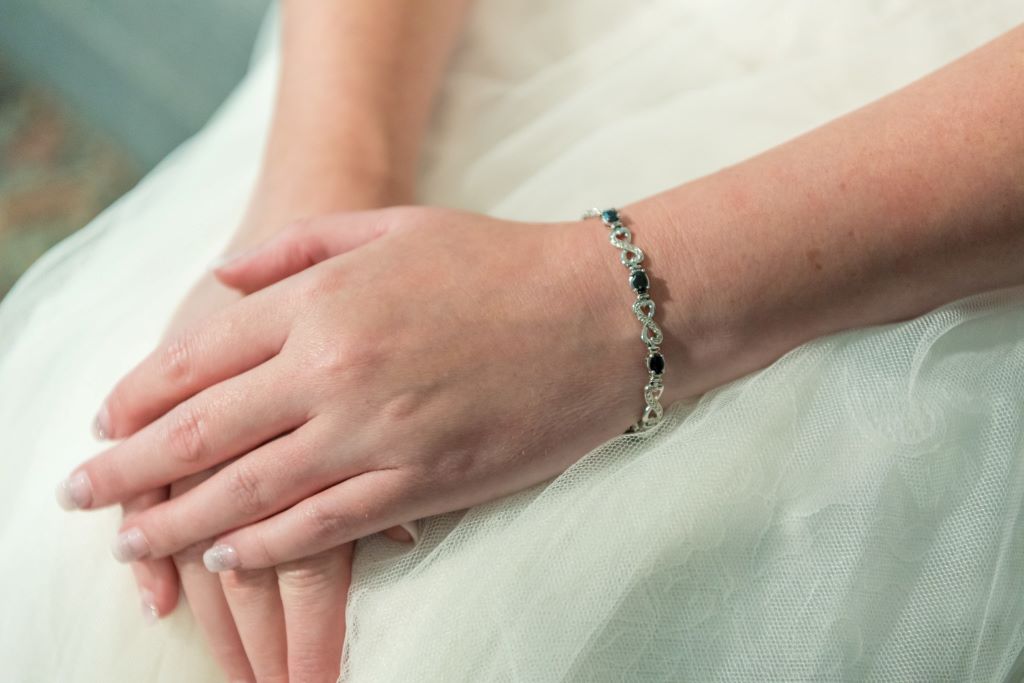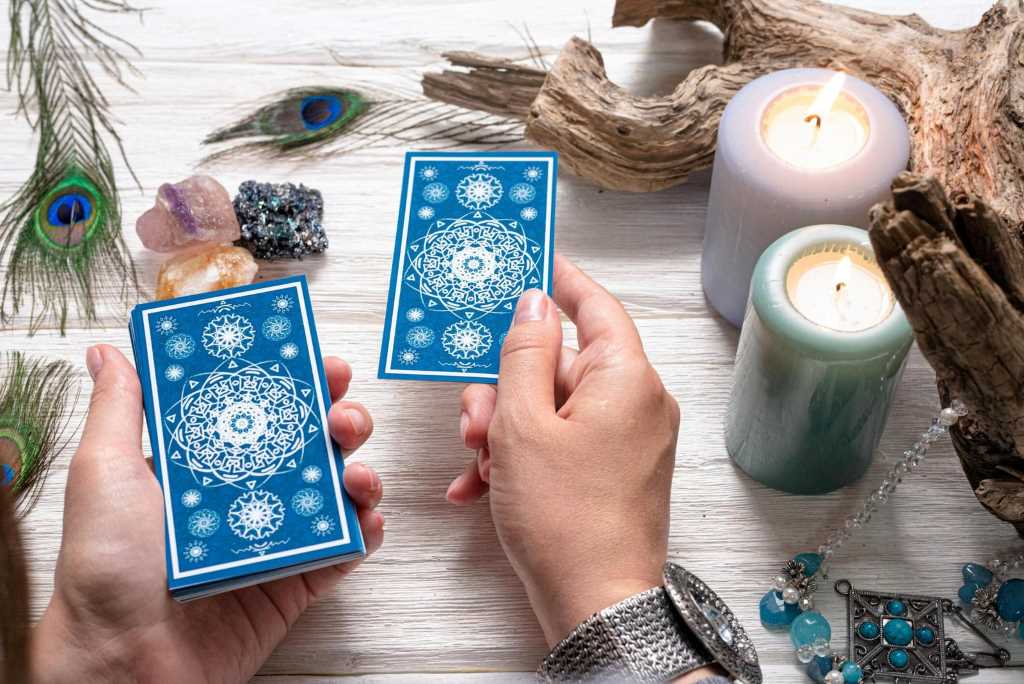Pearls have always been highly esteemed, in the world of jewelry for their shine and timeless charm. In this article, we delve into the captivating allure of pearl jewelry exploring its significance its presence in modern fashion, and the intricate craftsmanship that defines its enduring beauty. If you’re seeking additional information about elegant pearl jewelry, you may explore this link.
The Fascinating History Of Pearls
Throughout history, pearls have left a mark dating back to civilizations. Their scarcity and innate allure captured the fascination of societies elevating them as symbols of wealth and prestige.
From Cleopatra adorning herself with pearls to denote her status and allure in Egypt to the Roman Empire where pearls were revered as emblems of prosperity and social standing – their appeal has transcended generations.
Enigmatic Origins and Symbolic Meaning
The captivating origin tale of pearls goes beyond recorded history interwoven with mythology and folklore, across cultures. Ancient civilizations often attributed their origins to these gems.
Some believed them to be tears shed by gods while others believed they formed from moonlight that fell into the ocean eventually being swallowed by oysters.
The allure of pearls extended beyond their breathtaking beauty: they were also believed to possess properties throughout history. These enchanting gems were thought to bring love, luck, and protection to those who wore them.
The allure and fascination surrounding pearls were heightened by the beliefs associated with them.

Pearls, in Ancient Times: Significance of Prestige and Elegance
The historical importance of pearls has roots in civilizations. The Persian Gulf was renowned for being a source of high-quality pearls greatly coveted for their beauty.
Pearls were seen as symbols of wealth, prestige, and elegance often adorning the crowns, jewelry, and attire of nobles and royalty.
In Rome, pearls held value as prized possessions that represented luxury and refinement. They were prominently displayed by the elite during celebrations and banquets.
Romans believed that pearls possessed powers of warding off harm, which made them highly cherished and sought after.
Legendary Tales and Royal Adornments
Cleopatra, the Queen of Egypt is one of the iconic figures associated with pearls. Known for her lifestyle Cleopatra was said to have dissolved a pearl in vinegar or wine before consuming it as a demonstration of her wealth.
Her fascination with pearls only intensified their allure while solidifying their reputation as symbols of power and luxury.
Pearls continued to be treasured by royalty, across cultures. Throughout the courts of Europe and Asia, pearls held a place, in jewelry, symbolizing purity, grace, and high social status.
Portraits of queens and noblewomen adorned with pearls showcased their timeless beauty and sophistication.
Pearls in Art and Literature
Over the course of history, pearls have inspired artists, poets, and writers as a muse. They have been celebrated in literature. Captured in paintings as symbols of purity, beauty, and perfection. Poets often used pearls as metaphors for moments or expressions of love and admiration.
The captivating allure of pearls in artistry and literature has contributed to their enduring appeal. They have transcended beyond being jewelry items to become treasures cherished for their resplendent beauty and profound cultural significance.
The unrelenting fascination with pearls encompasses their origins and significance in ancient civilizations as well as their influence on artistic creativity.
This fascination underscores the timeless charm they possess within the realms of fashion and luxury.

The Artistry Behind Crafting Timeless Elegance: Pearl Jewelry
Pearl jewelry is renowned not for its timeless elegance but, for the meticulous craftsmanship that goes into creating each piece. It is a testament to skill and artistry than simply nature’s creation.
Creating pieces of jewelry, from pearls is a delicate and captivating process that combines craftsmanship, accuracy, and creative brilliance resulting in timeless works of art that transcend generations.
The Intricate Journey of Cultivating Pearls
The tale of a pearl’s origin begins with cultivation, where the expertise of humans intertwines with the wonders of nature.
The primary type found in the market is pearls, which are cultivated through a pioneering method developed by pearl farmers.
This intricate process involves placing irritants such as beads or tissue grafts into oysters or mussels.
Once the irritant is inserted these remarkable mollusks activate their natural defense mechanism by secreting layers upon layers of nacre—a captivating blend of crystalline and organic substances—to envelop the irritant.
Over time this accumulation forms an iridescent pearl. Cultivating pearls requires both patience and precision since factors, like mollusk health, water quality, and environmental conditions influence the pearl’s size and quality.
Sorting and Grading: An Expertise Evaluation
After harvesting pearls meticulous sorting and grading procedures are conducted to assess their quality, size, shape, color, luster levels, and surface characteristics.
Experienced jewelers and gemologists have a process of examining each pearl using their well-trained eyes to distinguish the subtle characteristics that define a pearl of superior quality.
During the grading process, pearls are categorized into classes, like A based on their attributes. Factors such as symmetry, surface perfection, and overall luster play a role in determining the grade of a pearl.
The pearls that meet the standards in these aspects are specifically chosen for creating exquisite and high-end jewelry pieces.

Skilled artisans, with generations of expertise undertake the task of transforming these pearls into stunning jewelry pieces.
Whether it’s earrings or intricate necklaces and bracelets the creative process involves planning and meticulous attention to detail.
Artisans utilize techniques such as stringing, knotting, and setting to showcase the beauty of each pearl while ensuring durability and aesthetic appeal. Stringing pearls demands precision to achieve the desired length and arrangement.
Additionally knotting between each pearl provides security, against loss if the strand were to break.
When it comes to setting pearls in metalwork or designing settings craftsmanship is essential to enhance their radiance and complement their inherent beauty.
Conclusion
The timeless appeal of pearl jewelry goes beyond the constraints of time and fashion trends. Throughout history, it has managed to adapt to styles.
The symbolism, sustainability, and meticulous cultivation process highlight the enduring beauty and exquisite craftsmanship that establish pearl jewelry as a symbol of fashion and sophistication.











